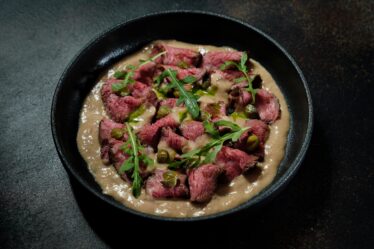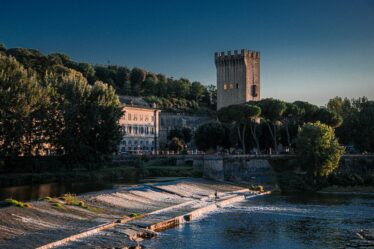
Modern Revival
Calcio’s popularity began to decline in the early 17th century. But under Benito Mussolini, it was reformed as a game in the Kingdom of Italy in 1930. Amateurs would frequently play it in the squares and streets using homemade fabric or animal skin balls. These days, in the third week of June, three games are held in Florence’s Piazza Santa Croce. Every city quartier is represented by a team:
Santa Croce / Azzurri
San Giovanni / Verdi
Santa Maria Novella / Rossi
Santo Spirito / Bianchi
The two overall winners go to the annual final on June 24, the feast day of San Giovanni (St. John), the Patron Saint of Florence, after facing off in two preliminary matches. This brutal encounter has caused serious injuries, fatalities, and decades of suffering. Bulls would occasionally be rushed into the ring in an attempt to cause confusion and inspire success during the early decades in order to promote wagering and produce a bettable winner. The historical foundations of calcio, which permit techniques like head-butting, punching, elbowing, and choking, have not greatly altered in the current form. However, sucker punches and kicks to the head are presently prohibited because to the frequently fatal damage they cause.
Additionally, it is not permitted for many players to assault a single opponent. A violation results in the player being banned from the game.
With more than 20 tournament victories, Santa Croce / Azzurri (Blues) is the most successful team since 1979. There have been many tournament cancellations as a result of violence or foul play. Significant regulation changes have resulted from these instances, including the need that players be native to Florence or have lived there for at least 10 years, as well as the exclusion of players with prior criminal convictions.



